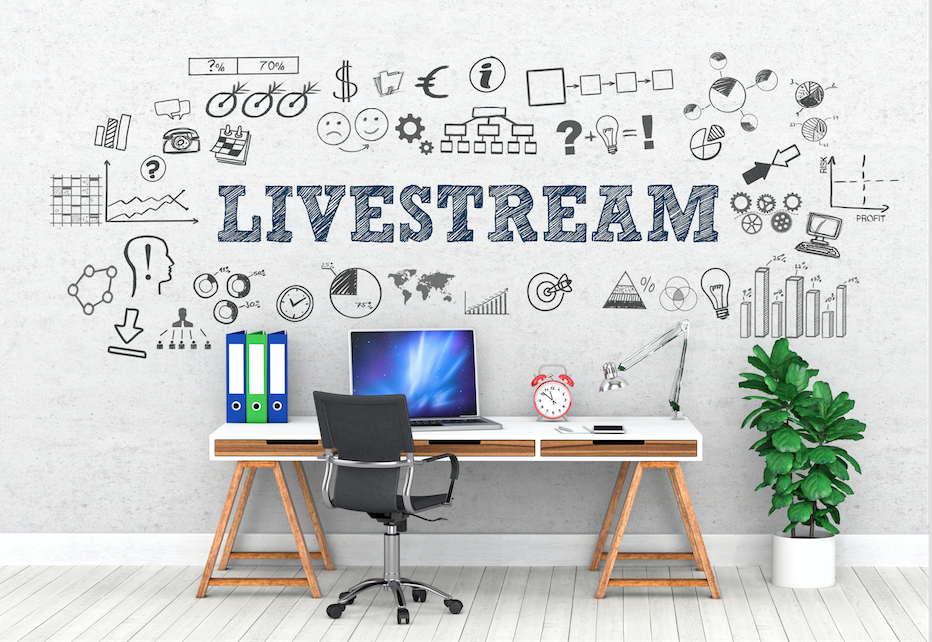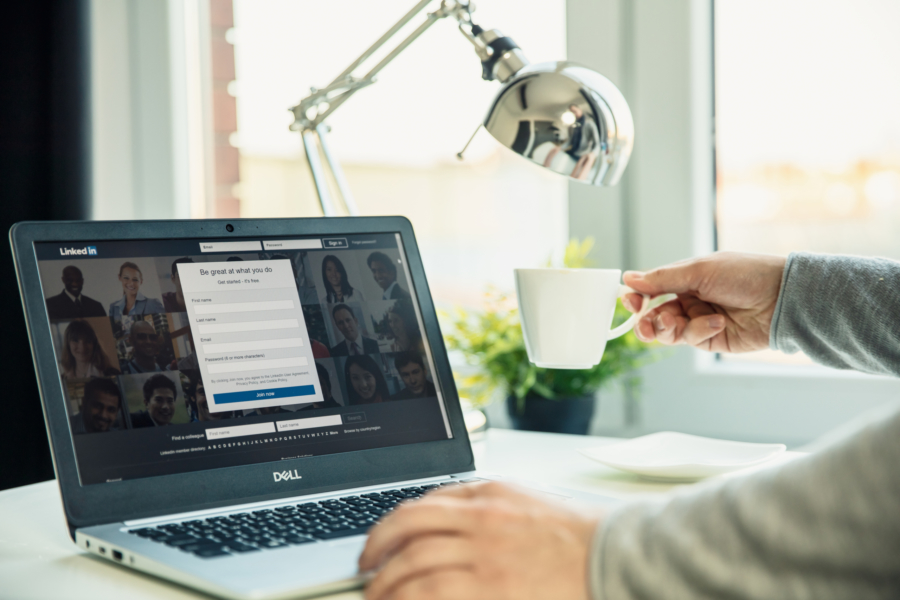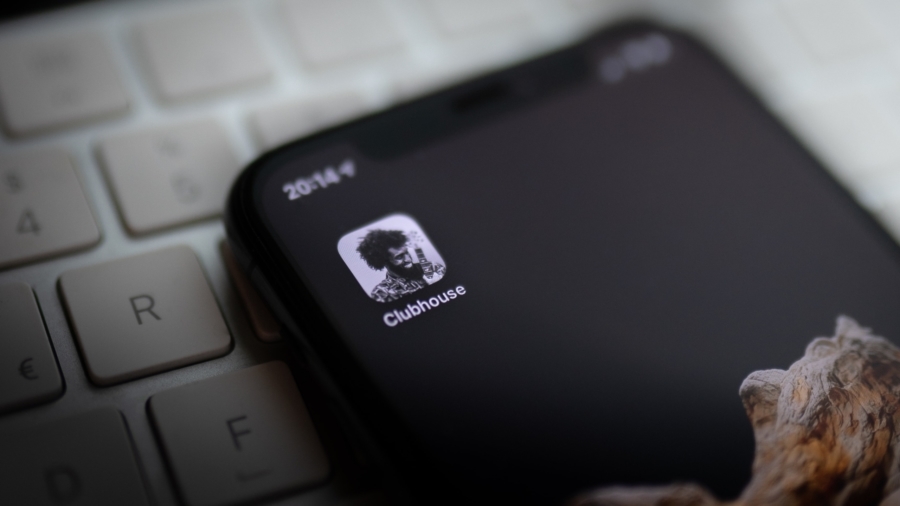Live streaming in 2021 is a game changer in terms of brand awareness and growing a following. This feature now offered on multiple platforms is a fun, rewarding, and incredibly valuable tool for growing your brand in
- Home
- Digital Marketing
Video continues to be the king of content types as we work our way into 2021. All brands should be utilizing video, but certain types of videos appeal to some marketing objectives better than others. So, how
Have you heard of Clubhouse yet? It's the newest social media app to take the world by storm. The invite-only drop-in audio platform currently has over 2 million people users interacting with the platform each week. The
When it comes to SEO, both on-page and off-page efforts are equally important and need to be done appropriately. Link building is an off-page SEO technique that has become essential in enhancing a website’s rankings and its
The behavior of customers has completely changed making local search relevant and on the map. More and more consumers realize the ease and opportunity of online search and purchase due to restrictions on movement in the pandemic
All businesses are looking to attract more customers in their local area. Obviously, increasing local SEO efforts is going to be one of the best ways to accomplish this. Here are 7 local SEO ranking signals to
Clubhouse has been steadily gaining traction since it first launched in 2020. This app has an entirely different concept than any other social media platform, creating a brand new opportunity for marketers. Here’s what businesses need to
The most successful brands are ones that discover how to engage their customers and keep their attention so they come back, and one of the most effective ways to accomplish both is ecommerce personalization. Onimod Global experts















